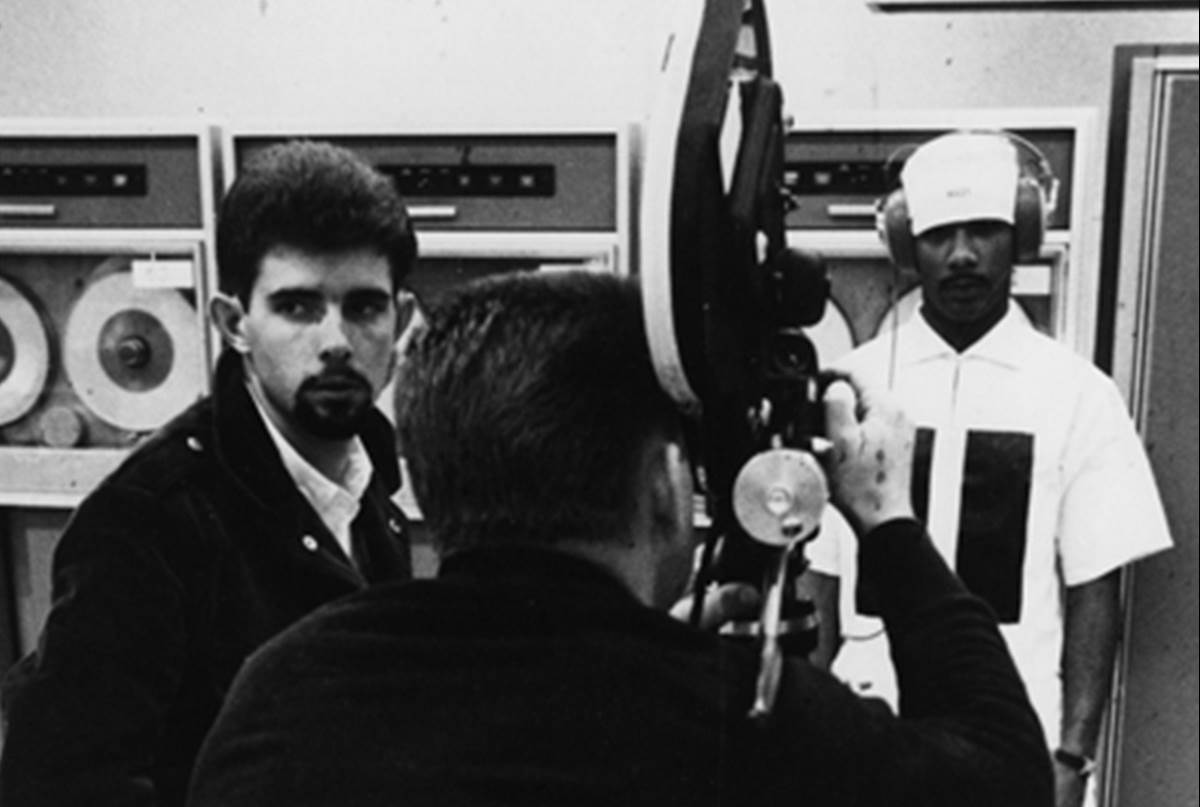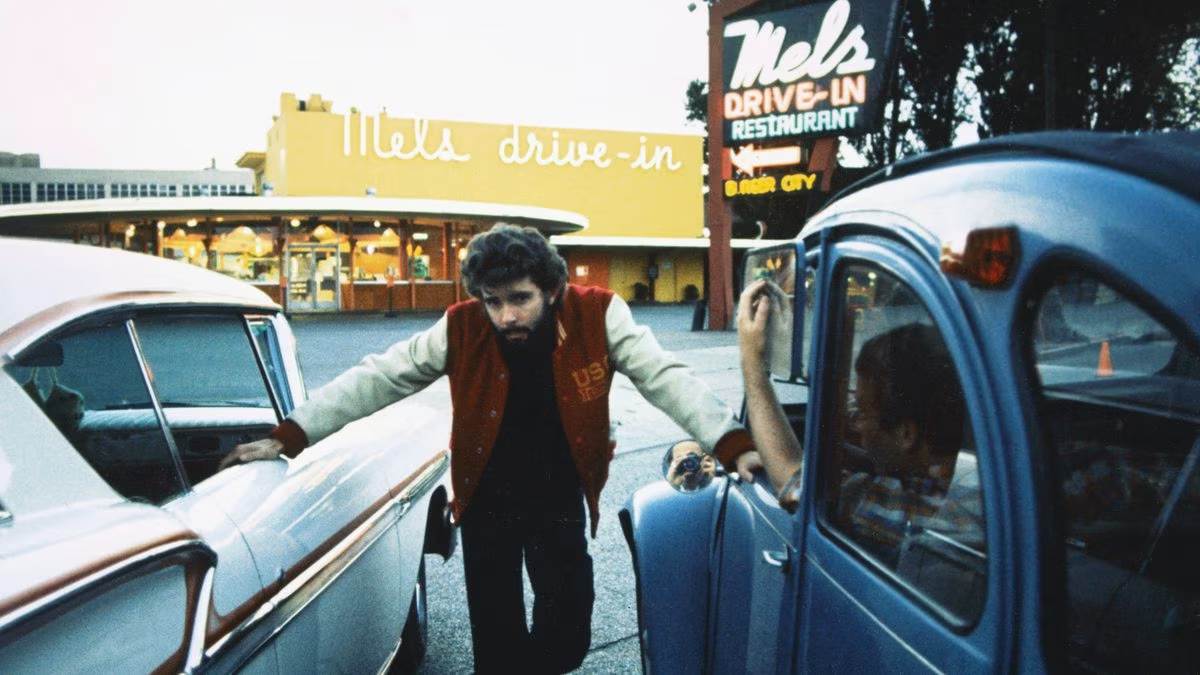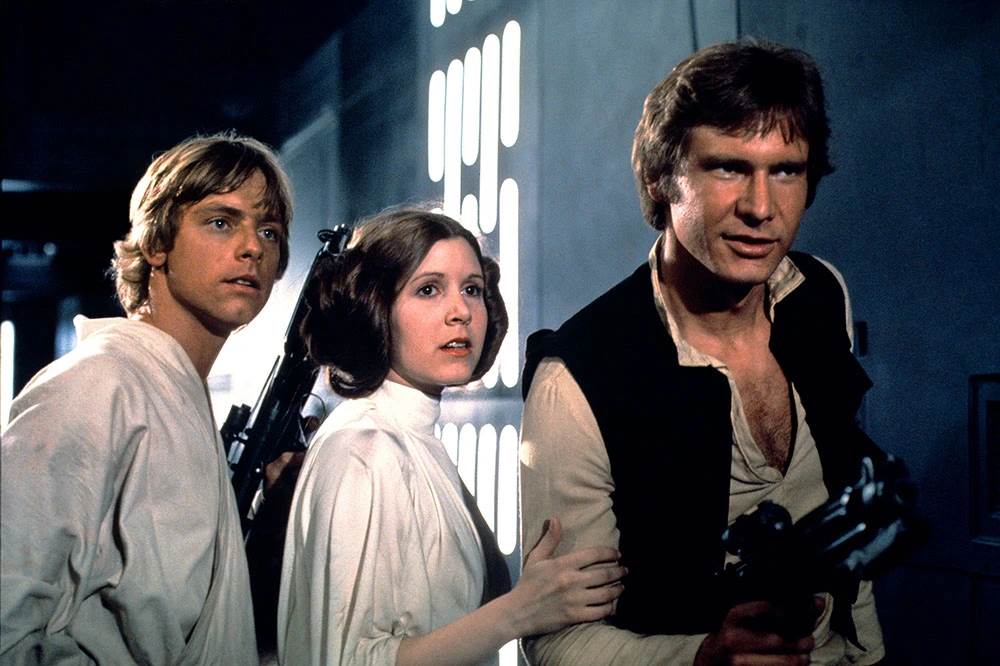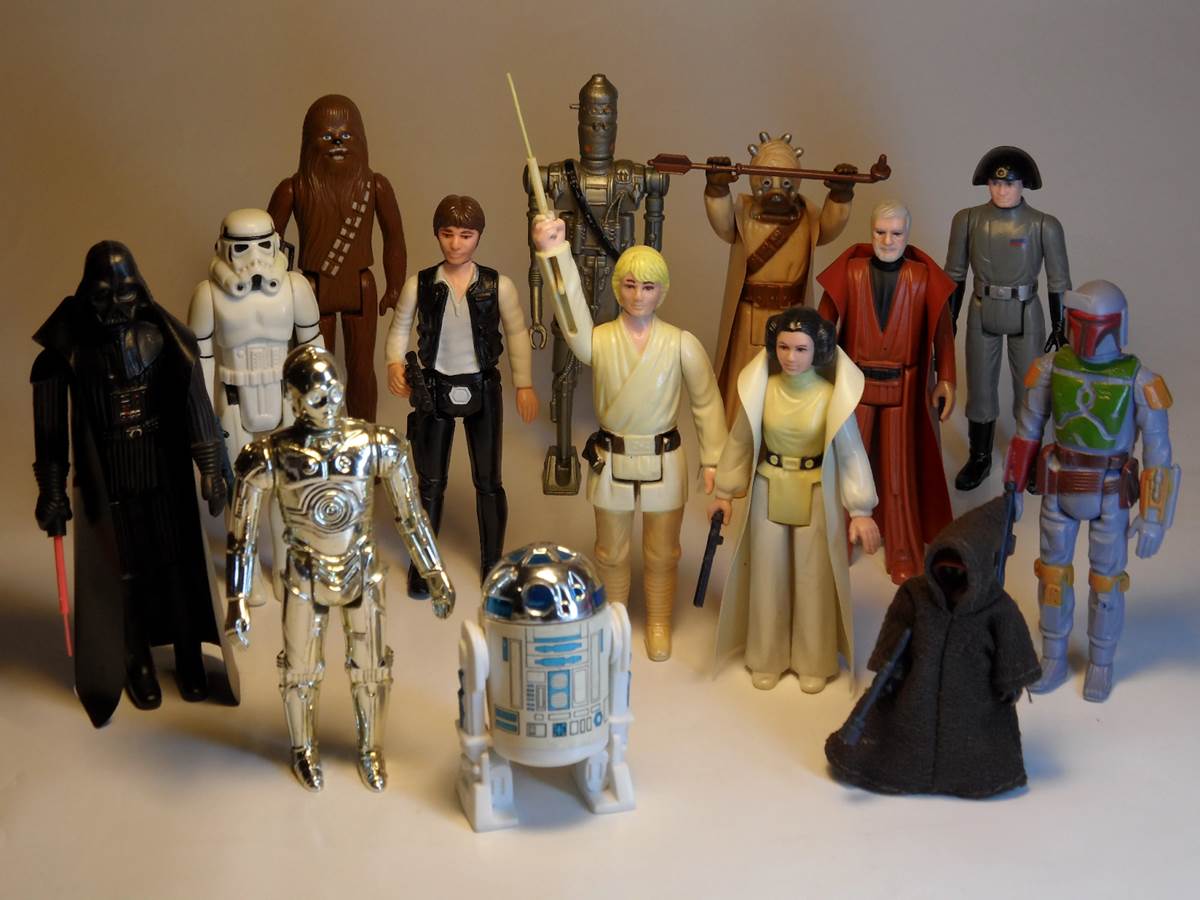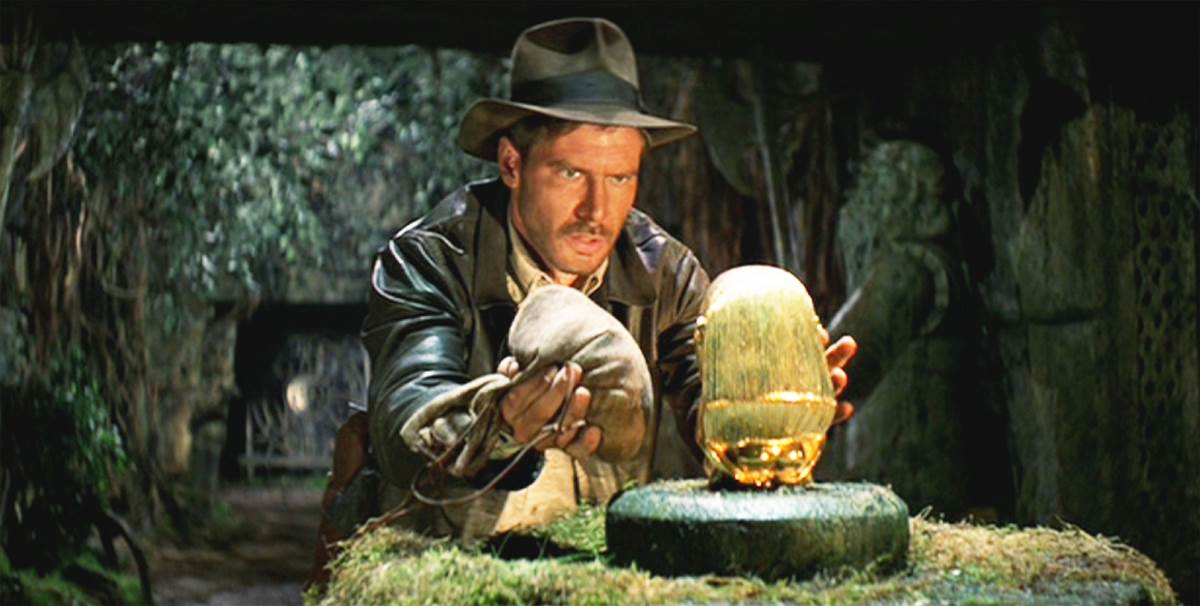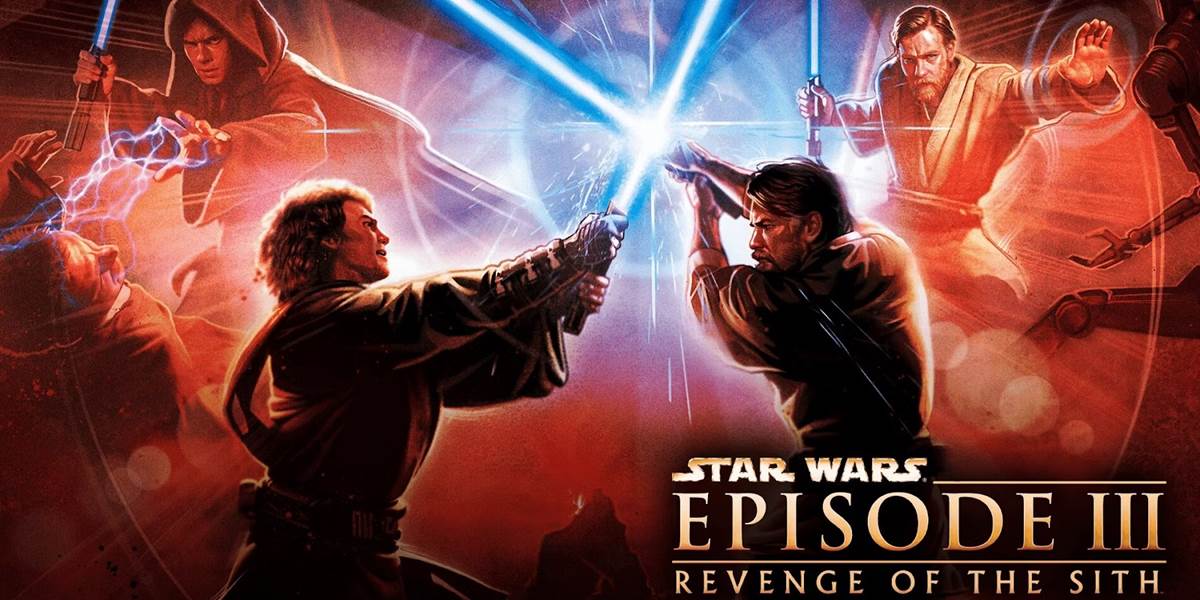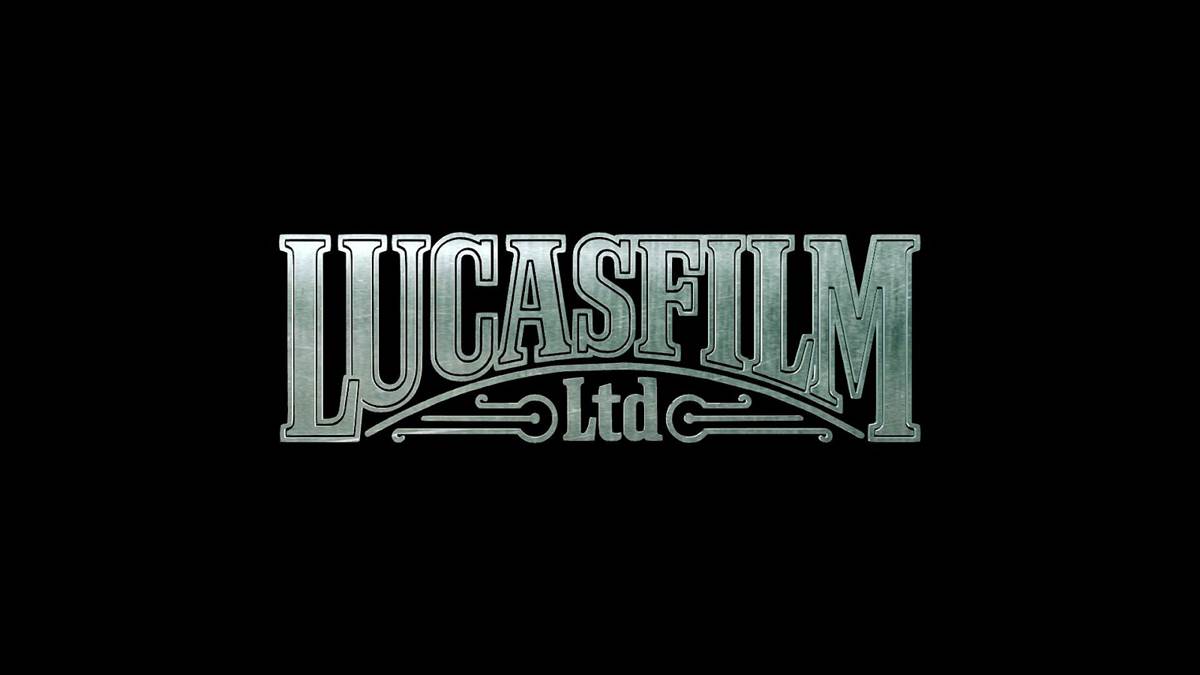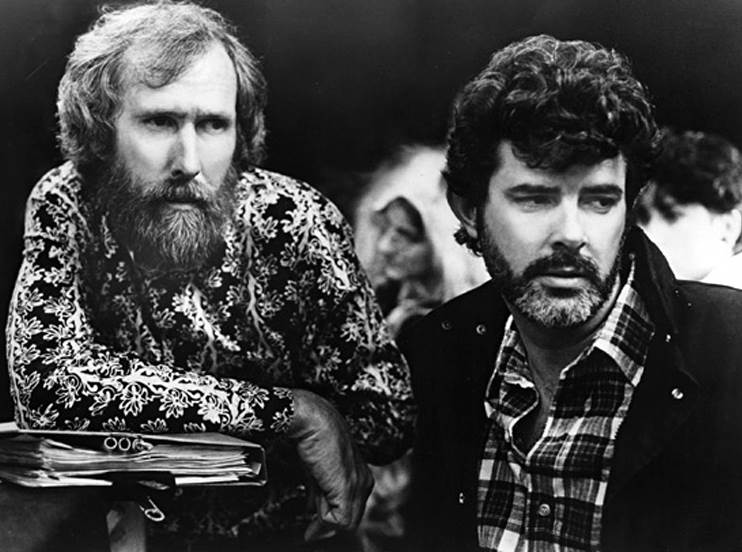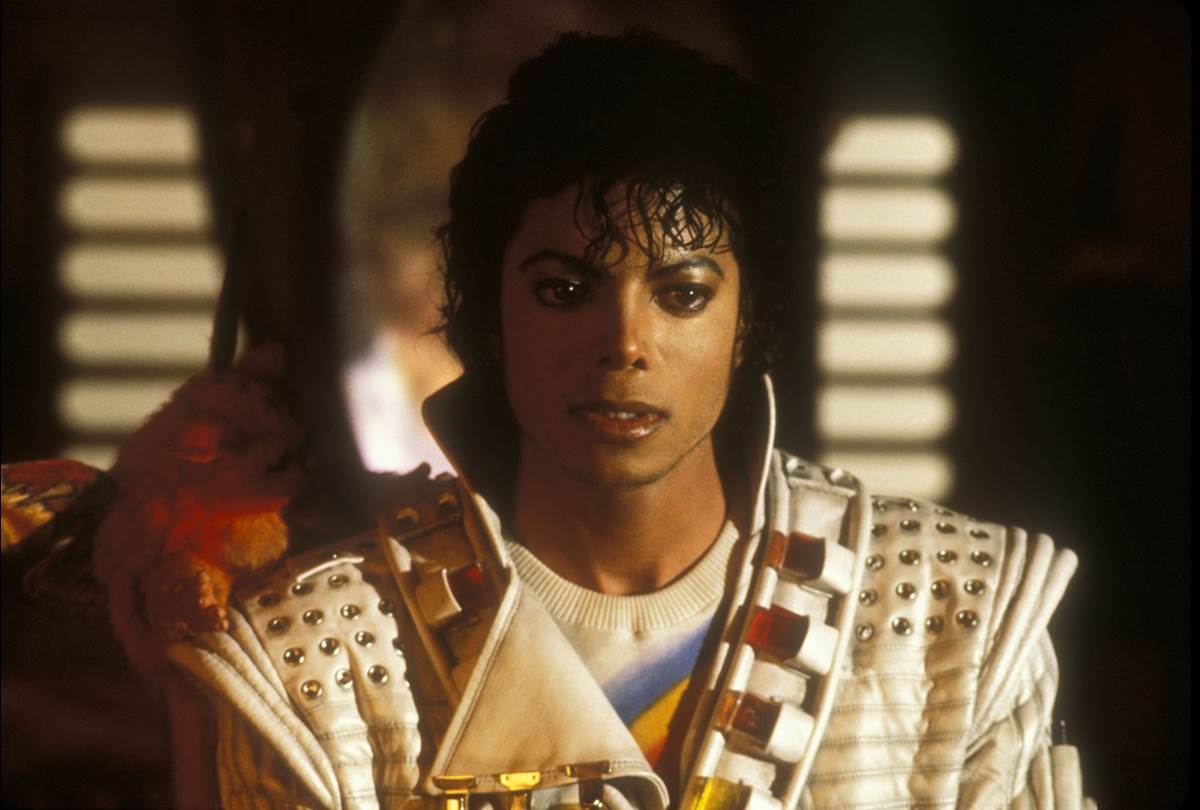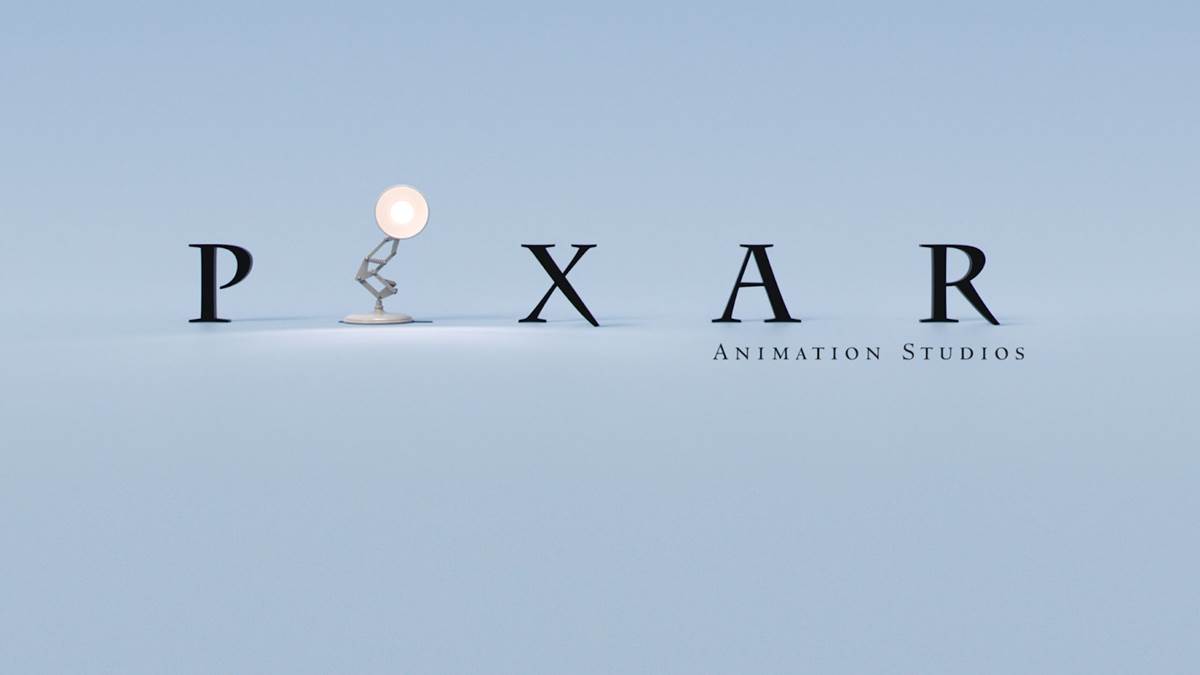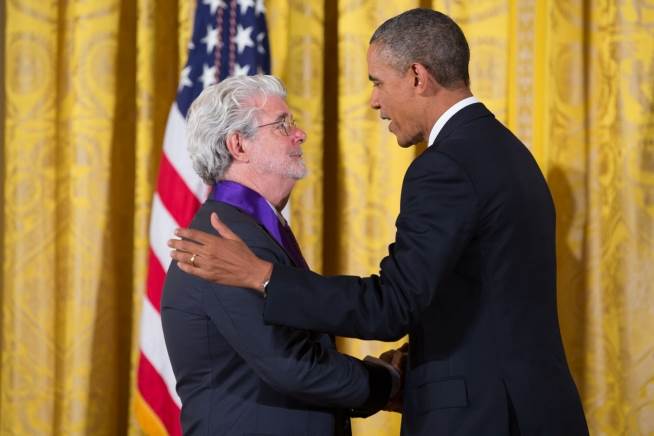Galactic Visionary: Disney Legend George Lucas
Filmmaker. Storyteller. Special effects wizard. Visionary.
George Lucas has done it all behind the camera. The master filmmaker created an entire galaxy which captured the imaginations of millions of fans around the world. He broke new ground in the field of special effects, formed companies to foster the talents of creative individuals, and gave a ton of his fortune back to perpetuate the advancement of the arts. His name is practically synonymous with the word “filmmaking."
As the Star Wars community is residing at a fever pitch with Disney’s release of the long-awaited series Ahsoka, let’s take a hyperspace lane through the life and career of George Lucas, in this edition of Disney Legends Spotlight.
Image: George Lucas
The Fast Lane
George Walton Lucas, Jr. was born May 14, 1944 and raised in Modesto, California. A dreamer right from the start, George fondly and famously remembers visiting Disneyland during its opening week in July 1955 - a visit that made a huge impression on the eleven-year-old.
As a kid, Lucas was interested in comics and science fiction, and one of his favorite television shows was Flash Gordon. But Lucas was interested in more than comics - he also longed to be a racecar driver, and he spent lots of time during his high school years racing on the underground circuit at fairgrounds, or hanging out in garages.
In what appears in hindsight to have been a case of divine intervention - in June 1962, a nasty car accident landed Lucas in the emergency room, where he battled bruised lungs and severe hemorrhaging. This incident didn’t cause Lucas any permanent damage, but it did prompt him to reevaluate his priorities. He chose to move on from his recreational career racing cars, and inspired him to pursue other interests.
After Lucas stepped out of the driver’s seat, he began documenting his love of car racing with a movie camera instead. Lucas did this while attending Modesto Junior College close to home. Before long he was encouraged by his good friend John Plummer to transfer to the University of Southern California (USC), where he graduated from the School of Cinematic Arts. It was here that he met and became good friends with fellow acclaimed student filmmaker (and future film collaborator) Steven Spielberg.
At USC, Lucas was deeply influenced by filmmakers and teachers such as Lester Novros - who concentrated on the non-narrative elements of film form like color, light, movement, space, and time; and Slovko Vorkapic - a film theoretician who taught the autonomous nature of the cinematic art form, emphasizing the kinetic energy inherent in motion pictures.
Not Meant for the Military
After graduating with a bachelor of fine arts in film in 1967, Lucas tried joining the United States Air Force as an officer, but he was immediately turned down because of his numerous speeding tickets (another knock against his car racing days). He was later drafted by the Army for military service in Vietnam, but he was exempted from service after medical tests showed he had diabetes, the disease that killed his paternal grandfather. With two strikes against him, Lucas never did end up serving in the U.S. military.
Film Foundations
Still in 1967, after failing to join the military, Lucas re-enrolled in USC, as a graduate student in film production. It was during his graduate studies that Lucas met film legend Francis Ford Coppola. Together with Coppola, Lucas co-founded the studio American Zoetrope. While working as a teaching instructor, Lucas directed the short film Electronic Labyrinth: THX 1138 4EB, which won first prize at the 1967–68 National Student film festival. Coppola suggested that Lucas develop Electric Labyrinth into a full-length feature film. The film - released with the modified title THX 1138 - was commercially unsuccessful, but that did not dim Lucas’ creative spirit.
On the heels of THX 1138, Lucas created his own company - Lucasfilm Ltd. His first film under the new banner was American Graffiti, a car racing-themed coming-of-age comedy-drama film. Lucas directed the film himself, and Coppola produced it. The film was flooded with star talent, with Richard Dreyfus and Ron Howard leading the charge. In addition to the big guns, a little-known actor by the name of Harrison Ford got his big break in the film, which went on to become a huge commercial success.
Image: Universal
Following the success of American Graffiti, Lucas set his sights on one of his fondest adventure heroes from his childhood - Flash Gordon. But the fates weren’t meant to be, and Lucas was unable to obtain the rights to the property. Lucas’ “Plan B" may just be the best backup plan in Hollywood history. He decided to simply write his own adventure - a space tale which would eventually become Star Wars.
A Galaxy Far, Far Away
Surprisingly, despite the success of American Graffiti, only one studio agreed to take a chance on Lucas’ dream. The “space opera" - influenced by a combination of samurai films, “spaghetti westerns", and fantasy swords and sorcery - was a major success, so much so that it restored a struggling 20th Century Fox to financial stability after the studio had previously released a number of box office flops. The film brought many unforgettable characters to the cultural landscape, including the hero Luke Skywalker, the smuggler-turned-hero Han Solo and his Wookie companion Chewbacca, the unwavering Princess Leia, droids and stormtroopers galore, and of course the Sith Lord Darth Vader - one of the top villains in all of cinematic history.
Image: Disney
Star Wars was a “complicated" film to create, to say the least. In order to put his dreams on the big screen, Lucas needed to create his own special effects team. Out of this effort Lucas founded Industrial Light & Magic, more familiarly known as ILM. With the assistance of ILM, Lucas broke new ground in storytelling with dazzling special effects. Star Wars put Lucasfilm on the Hollywood map, and paved the way for many galactic successes to come.
Lucas’ business savviness shone through during the production of Star Wars. Even though he was encouraged by peers to renegotiate for a higher fee for writing and directing Star Wars than the original price agreed, Lucas instead chose to negotiate for ownership of licensing and merchandising rights related to the film. Lucas went on to receive a cut of profits for toys, clothing, novelizations, and anything else that originated in his galaxy far, far away. Lucas also negotiated the contractual rights for sequels based on his film. Through his ingenious negotiating, Lucas, and Lucasfilm, went on to earn hundreds of millions - if not billions - of dollars from his licensing agreements.
With the smashing success of Star Wars, Lucas chose to take a step back from directing and focus more fully on storytelling and producing his grand ideas. He executive produced two Star Wars sequels - The Empire Strikes Back (1981) and Return of the Jedi (1983).
Archaeology
But Star Wars wasn’t the only thing on Lucas’ radar in the 1980s. During the heart of the Star Wars trilogy, Lucas collaborated with fellow storyteller Stephen Spielberg on creating an archaeologist you may have heard of - Indiana Jones. With the release of Raiders of the Lost Ark in 1981, Lucas and Spielberg worked with Harrison Ford (who of course played the smuggler/hero Han Solo in the Star Wars Trilogy) to create an unforgettable adventurer who embodied the notion of scholarly passion, boyish playfulness, and the heart of an explorer. Indiana Jones has lived on in four sequel films, a television series, and countless toys, video games, and pop culture moments.
Image: Disney
The Rest of the Star Wars Story
Back when the Star Wars trilogy was reaching its conclusion, George Lucas admitted that the three films which captured the imaginations of filmgoers everywhere were originally conceived as parts four, five, and six of a nine-part saga. Lucas further offered that the technology he had within his reach in the 1970s could not support the ideas in his head for the first three episodes in his story (Folks familiar with the ambitions of Walt Disney may recognize this theme. The limits of technology were what delayed Walt from opening an indoor space-themed rollercoaster, eventually opening as Space Mountain in Magic Kingdom well after he had passed).
But things were different in the 1990s. ILM had been successfully pushing the boundaries of special effects for 20 years. Star Wars celebrated its 20th anniversary in 1997, and Lucas revisited all three films in the trilogy, touching up some effects in areas where he felt the films fell short at the time they were first produced.
The biggest addition to Star Wars came in the form of Episode I - the Phantom Menace. Released in 1999, the film marked Lucas’s return to directing since he stepped away following Star Wars (now retitled as Episode IV - A New Hope). Lucas followed Episode I with Episode II - Attack of the Clones in 2002, and Episode III - Revenge of the Sith in 2005. What became known as the Star Wars “prequel" trilogy followed the rise and fall of Anakin Skywalker, his descent into the dark side of the Force, and his painful conversion to the ultimate villain Darth Vader.
Image: Disney
With the lore of the earlier Star Wars stories now in the forefront, Lucas began working with collaborator Dave Filoni on filling in some of the details during the series’ “prequel era." In 2008, Lucas created and executive produced Star Wars: The Clone Wars - an animated film followed by a series, chronicling the events which took place between Episode Two and Episode Three of the prequel trilogy. The series was initially met with mixed reactions from fans, but steadily grew in both quality and reception into what has become a core piece of Star Wars canon.
A New Era
In 2012, Lucas retired from the production of large blockbuster films, choosing to focus more on smaller, independent films. The Clone Wars would prove to be the last of Lucas’ direct contributions to Star Wars, as in late 2012, he sold Lucasfilm to Disney for approximately $4 billion. The sale of Lucasfilm - which was partially provided in stock - made Lucas the second-largest stockholder in The Walt Disney Company, behind the estate of Steve Jobs.
Image: Disney
In acquiring Lucasfilm, Disney acquired the rights to Star Wars and all the canonized stories within. Disney made quick work in building on Lucas’ Star Wars stories, releasing three films to form the “sequel" trilogy to the film series with Episode VII - The Force Awakens (2015), Episode VIII - The Last Jedi (2017), and Episode IX - The Rise of Skywalker (2019). While the three sequels round out the original nine-film story, Disney has gone on to add additional films, animated series, live-action series, and video games to the vast library of the Star Wars Galaxy.
Other Universes
Aside from Star Wars and Indiana Jones - George Lucas has produced many other films and projects. Lucas worked with Muppets creator and Disney Legend Jim Henson on the 1986 cult favorite fantasy film Labyrinth, starring music Legend David Bowie. In that same year, Lucas produced a box office disappointment Howard the Duck, based on an “unconventional" Marvel Comics character. In 1988, Lucas worked with legendary film director Ron Howard in producing the fantasy film Willow.
Image: Tri-Star Pictures
Light & Magic in the Disney Parks
Off the big screen, George Lucas has made significant contributions to Disney Parks worldwide.
Lucas wrote and produced the legendary short film Captain EO - a 1986 science fiction/fantasy film starring the King of Pop, Michael Jackson, and directed by Lucas’ mentor and periodic collaborator Francis Ford Coppola. Captain EO was Disney’s first 4D film, shown as part of an attraction with in-theater effects. It ran in several Disney theme parks from 1986 until the mid-1990s, and made a return engagement from 2010 through 2015 following the untimely death of Michael Jackson.
Image: Disney
In 1987, the first of several Star Tours attractions opened in Disneyland. The motion simulator ride takes guests on a randomized tour of several locations within the Star Wars Galaxy. The success of Disneyland’s Star Tours led to follow-up installations in Walt Disney World, Tokyo Disneyland, and Disneyland Paris. The attractions have continued to update as Disney has expanded upon Lucas’ Star Wars Galaxy.
Indiana Jones dug his way into the Disney parks with the Indiana Jones Epic Stunt Spectacular! at Disney’s Hollywood Studios, and Indiana Jones attractions in Disneyland and Tokyo DisneySea - both of which were joint Disney-Lucas collaborations.
The Little Group That Could…
Way back in 1979, four years after first founding Lucasfilm, George Lucas realized he needed to incorporate computer technology into his production process. Recognizing that need, Lucas started a computer division within Lucasfilm known as the Graphics Group. This small division spun off from Lucasfilm in 1986 to become its own corporation, with Apple co-founder Steve Jobs assisting to bankroll the company as majority shareholder. This little corporation - known as Pixar - grew to be the most creative and cutting-edge computer animation company in the world, and was later purchased by Disney in 2006 for over $7 billion.
Image: Disney
The Philanthropist
In 2020, Forbes magazine named George Lucas as the wealthiest film celebrity in the world, with personal net worth estimated to be between $7.5 - 9.4 billion. Not one to value his own riches too tightly, Lucas has generously donated to many causes over the years. He founded the George Lucas Educational Foundation in 1991. In 2006, he donated over $175 million to his alma mater USC to expand their film school. In 2013, Lucas and his wife Mellody Hobson donated $25 million to the Chicago-based non-profit organization After School Matters.
Astronomical Achievements
To say George Lucas is a Hollywood success would be a monumental understatement. His vision for storytelling and his passion for succeeding put him in the conversation as one of the greatest entertainers of all time - even though he’s done it all behind the camera.
He’s been nominated for several Academy Awards, and was honored with the Irving G. Thalberg Award in 1991 for "creative producers, whose bodies of work reflect a consistently high quality of motion picture production." In 2006, Lucas was inducted into the Science Fiction Hall of Fame. In July 2013, he was awarded the National Medal of Arts by President Barack Obama for his contributions to American cinema.
Image:Obama White House
Lucas was inducted as a Disney Legend in 2015, and was an honoree at the Kennedy Center Honors that same year. Unbelievably, the transcendent filmmaker has not yet been honored with a star on the Hollywood Walk of Fame (someone really needs to get on that).
—
With successes and accolades that span decades and galaxies, it’s no surprise George Lucas is proudly represented as a Disney Legend. Friends, I hope you enjoyed this trip through Lucas’ world of light and magic. If you’d like to reach out with a comment or share this article with a friend, please reach out on social at:
Check out more Disney Legends in our spotlight collection.
Sources:
Disney D23 Legend Page for George Lucas
Skywalking: The Life and Films of George Lucas, Dale Pollock, Harmony Books, 1983,
Empire of Dreams: The Story of the 'Star Wars' Trilogy, 2004




